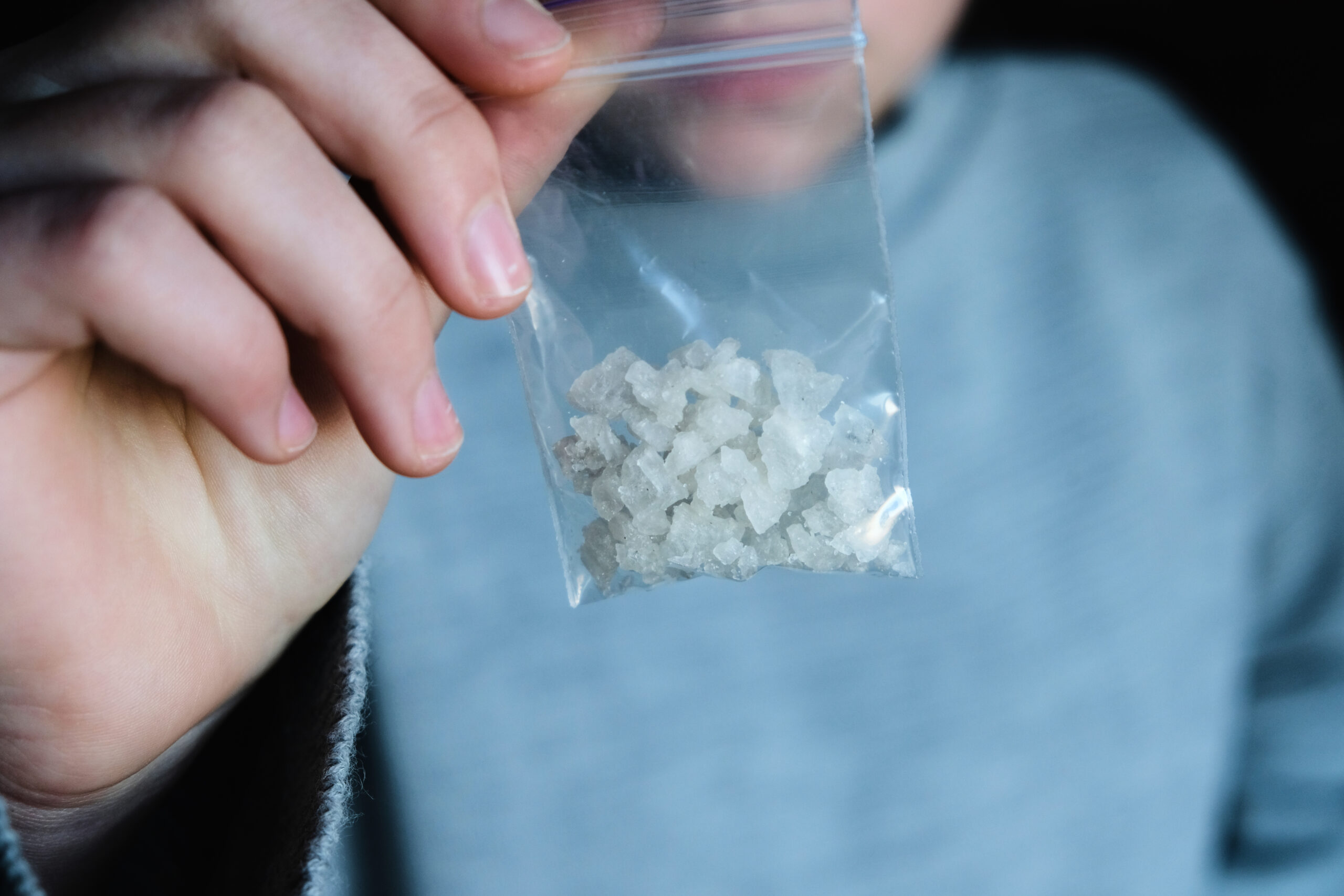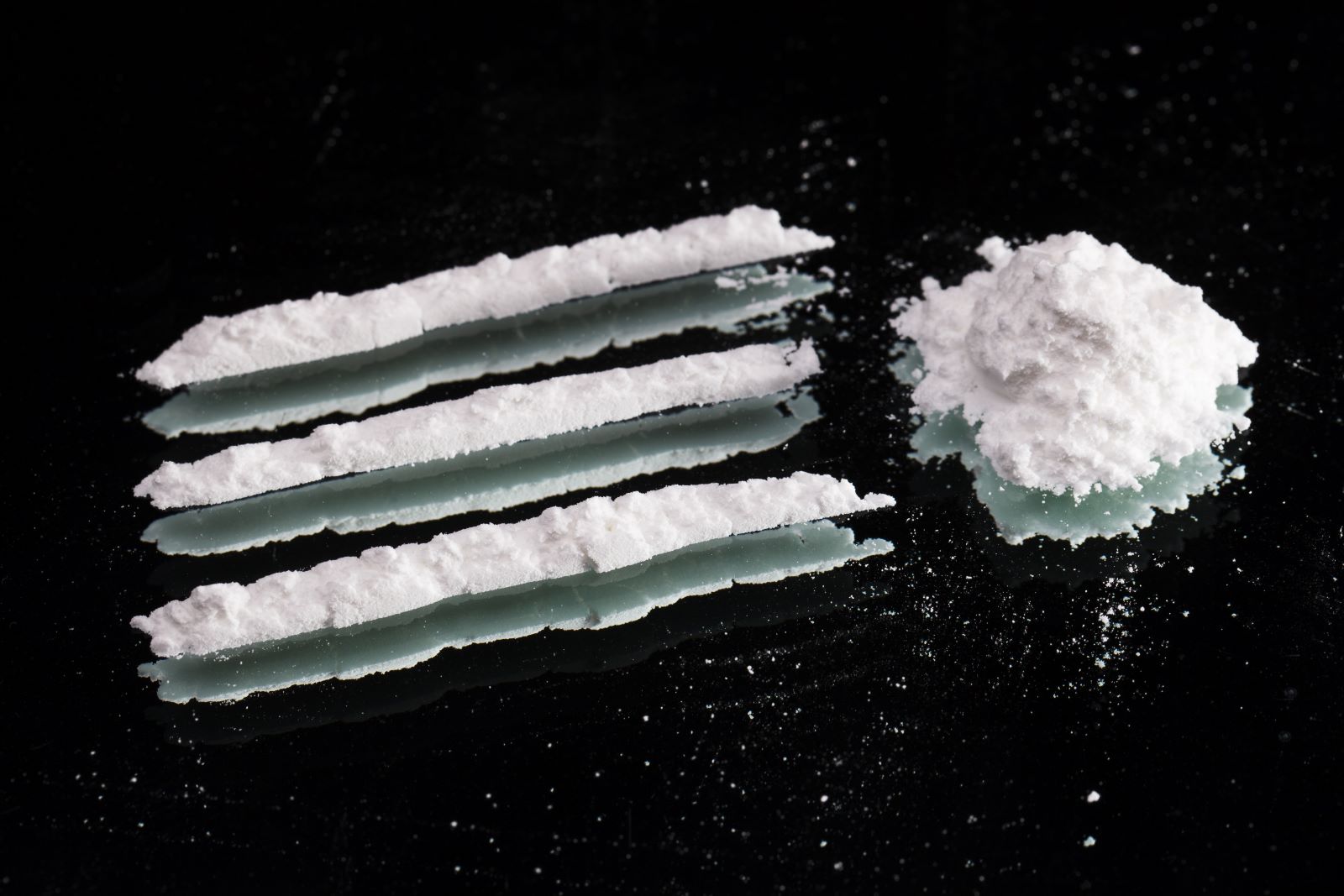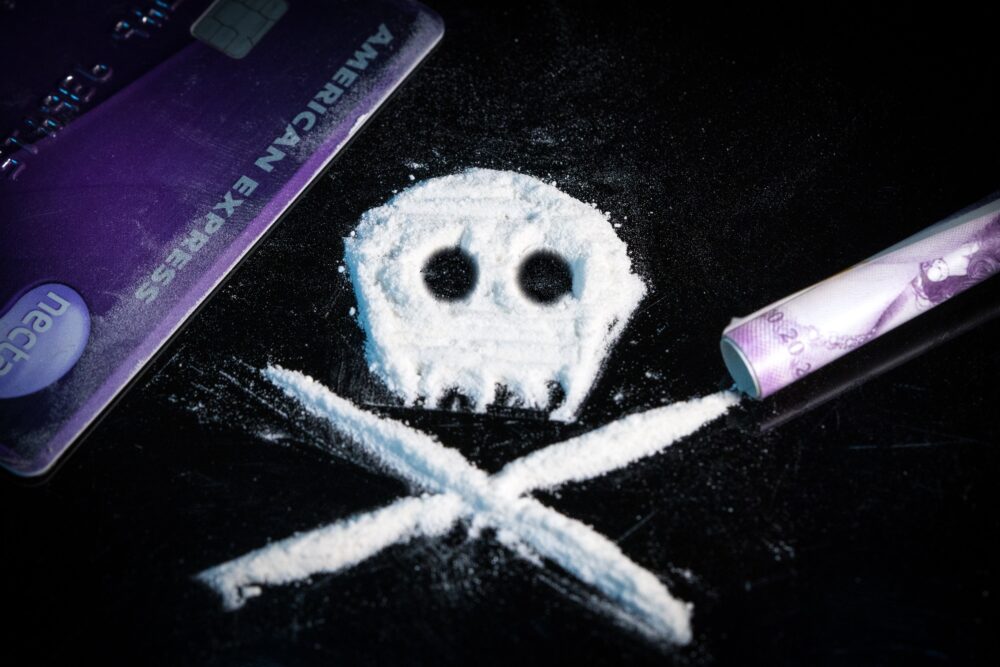Table of Contents
Addiction treatment for both crack and cocaine are on the rise across Texas, but what are the differences between them?
Here’s what you need to know about the main differences between crack vs. coke.
What are the Main Differences Between Crack and Coke?
While cocaine and crack are both stimulant drugs and derivatives of the coca plant and are used to achieve a high, there are key differences between the two substances, including chemical makeup and ingredients, appearance, length and intensity of effect, price point, and popularity.
Ingredients and Chemical Makeup
Cocaine [1] is a white, crystalline powder that is typically snorted, smoked, or injected. It is a powerful central nervous system (CNS) stimulant that produces euphoria, increased alertness, and reduced appetite.
Crack is a more potent form of cocaine that is made by processing cocaine hydrochloride with baking soda (sodium bicarbonate) or ammonia. It is typically smoked, but is often snorted.
How To Identify Crack vs. Cocaine by Appearance
Crack and cocaine differ in appearance.
Cocaine typically comes in the form of a fine, white powder and is often sold in small plastic baggies or wrapped in paper. Cocaine is commonly divided into small “lines” for snorting.
Crack, on the other hand, is typically sold as small, irregularly shaped “rocks.” It is often sold in small glass vials or plastic bags. Crack rocks may be white, off-white, or yellowish in color and have a somewhat greasy texture.
Crack vs. Cocaine: Paraphernalia
Paraphernalia used to ingest cocaine vs. crack can differ due to the different methods of administration.
For cocaine, paraphernalia may include:
- Rolled up paper or small tubes for snorting through (often rolled up paper money)
- Razor blades or other sharp objects to chop and divide cocaine into lines
- Spoons or bottle caps to mix the powder with water for injection\needles or syringes for injection
For crack, paraphernalia may include:
- Glass pipes used to smoke crack rocks
- Small screens or filters to prevent the rocks from being inhaled
- Lighters or matches to heat the pipe and vaporize the crack
- Small metal or glass vials or bags to store the rocks
Price Point
The prices of crack vs. coke vary depending on supply and demand, purity, and geographic location. Crack is generally less expensive than cocaine.
In the United States, powder cocaine can cost anywhere from $60 to $120 per gram, while crack cocaine may be sold for as little as $10 per rock. This may be attributed to the demographic factors of crack vs. cocaine use.
Length of Effects of Cocaine vs. Crack
Cocaine and crack differ in terms of onset and duration of effects. The effects of coke typically begin within a few minutes of use and the high lasts up to half an hour. The effects of crack are more intense, yet shorter in duration, with a near-immediate onset and a high that lasts from 5-10 minutes.
The duration of the high of ingesting both crack and cocaine can vary depending on the individual, the dose, and the purity of the drug. Some people may experience a longer vs. a shorter high, or even no high at all, depending on whether or not the individual has developed a tolerance from chronic use.
For both crack and coke, the short-lived nature of the high can result in a “crash” in which the user may experience depression, anxiety, irritability, mood swings, and fatigue.
Popularity
Cocaine use has been on the rise in the United States since the 1970s, and crack since the 1980s. Their respective popularity varies in different regions and among different populations.
According to the 2020 National Survey on Drug Use and Health (NSDUH), it is estimated that 5.5 million people in the US aged 12 or older reported at least one instance of cocaine use in the past year.. Cocaine is abused by people from varying socioeconomic backgrounds and can be found in many different settings, including music festivals, bars, and parties.
Crack has long been associated with inner-city poverty and crime due to the price difference between crack vs. coke. According to the same survey, an estimated 0.4 million people aged 12 or older reported past-year use of crack cocaine in the year 2020. While crack use has declined in recent years, it remains a significant problem in many cities.
The Risks of Cocaine vs. Crack
Both crack and cocaine can cause a range of physical and psychological effects, including increased heart rate, high blood pressure, insomnia, anxiety, and paranoia. Long-term use of both crack and coke can lead to addiction, as well as problems such as heart attacks and strokes.
While both coke and crack are highly addictive drugs that impact the central nervous system, the differences in their chemical composition and methods of administration affect the risks and side effects associated with each.
Snorting coke is associated with its negative effects to the nasal passages and sinuses, whereas crack is associated with tooth decay and damage to the mouth.
However, it is important to note that both substances can be snorted, smoked, or injected and effects may overlap. Overall, the risks associated with cocaine and crack use are similar, but crack may be more potent and have a faster onset of effects, making it potentially more addictive and dangerous
Is Crack or Cocaine More Dangerous?
Neither crack or cocaine are “safe” drugs and both carry the risk for addiction, overdose, and death. However, crack is generally considered to be more dangerous than coke because it is more potent and has a faster onset of effects, which can result in overdose or other negative health effects, such as heart attacks, seizures, or respiratory problems.
Additionally, the short-lived effects of crack can lead to more intense withdrawal symptoms and cravings, which can make it difficult for people to stop using the drug.
What are the Signs of Crack vs. Cocaine Addiction?
Coke and crack addictions share similar signs and symptoms, as both drugs are highly addictive and can lead to a range of physical and psychological effects.
Some common signs of crack and cocaine addiction [2] include:
- Physical changes: Coke and crack users may experience physical changes such as weight loss, skin pallor, dilated pupils, and sores or bruises from picking at the skin.
- Social and financial problems: Personal and professional relationships are often affected by crack and cocaine abuse. Those experiencing addiction may have trouble maintaining a job and experience financial difficulties due to spending money on the substances.
- Changes in behavior: People who are addicted to crack or cocaine may exhibit changes in behavior such as aggression, mood swings, and risky behaviors, such as engaging in unprotected sex or sharing paraphernalia.
- Psychological changes: An addiction to coke or crack can lead to a range of psychological effects such as anxiety, paranoia, hallucinations, and depression.
Crack and cocaine users may also exhibit signs of an increased tolerance, where more of the drug is needed to achieve a high, and withdrawals symptoms upon ceasing or decreasing use. Additionally, users run a higher risk of jail or prison time during use or procurement of the drugs [3]
What are the Treatments for Crack and Cocaine Addiction?
Treatment Programs for a Cocaine or Crack Addiction
If you or a loved one are experiencing signs of crack or cocaine addiction or other substance use disorders, our treatment center can help.
Call and speak with a member of our team today to discuss our judgment-free treatment options.
SOURCES
[1] Hartney, E. VeryWellMind. What is in cocaine and how is it made? Published May 16, 2022. Retrieved March 24, 2023, from https://www.verywellmind.com/what-is-in-cocaine-21989
[2] Moawad, H. MD. VeryWellHealth. What is cocaine addiction? Published June 22, 2022. Retrieved March 24, 2023, from https://www.verywellhealth.com/cocaine-addiction-5088370
[3] Cocaine & Federal Sentencing Policy – United States Sentencing Commission. (n.d.). Retrieved February 20, 2023, from https://www.ussc.gov/sites/default/files/pdf/news/congressional-testimony-and-reports/drug-topics/19970429_RtC_Cocaine_Sentencing_Policy.pdf




